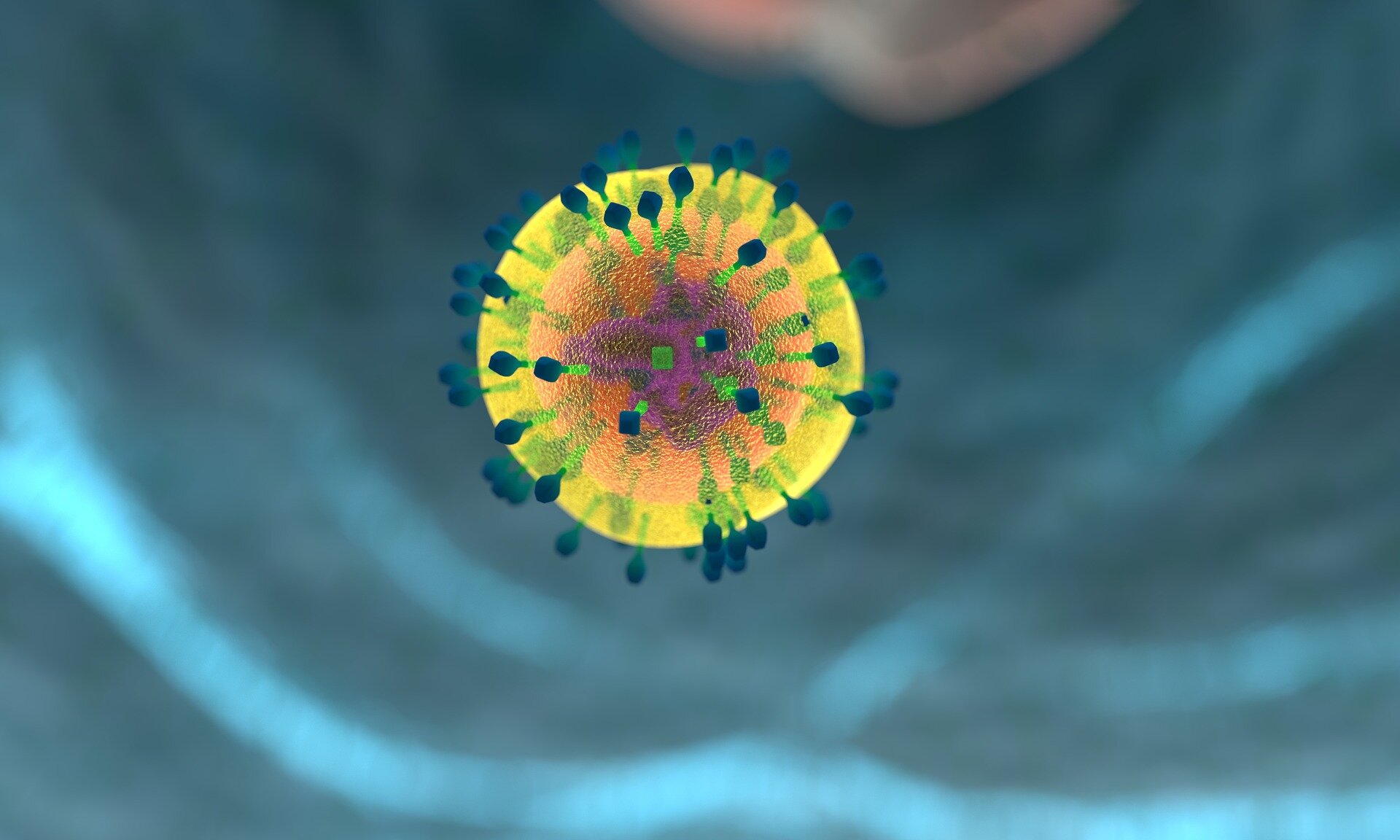A brand new evaluation of US nationwide information from researchers on the Mayo Clinic reveals that sufferers from rural counties had greater loss of life charges and trended towards greater readmission charges following COVID-19 hospitalization than these from city counties. The distinction continued after the introduction of COVID-19 vaccines.
The examine is revealed in Open Discussion board Infectious Illnesses. The researchers checked out outcomes by means of greater than 600 days of follow-up. The 9,325 sufferers have been hospitalized from March 2020 to July 2022 for COVID-19. Comply with-up continued by means of Could 2023.
Among the many sufferers, 31% have been from 187 rural counties in 31 states, and 69% have been from 234 city counties in 44 states. The common age was 66 years for rural sufferers and 64 years for city. A sensitivity evaluation was carried out on information collected at 17 hospitals in Arizona, Florida, Minnesota, and Wisconsin.
“Sufferers from rural counties have been extra prone to be older, white, nonmarried (residing alone), and present people who smoke in comparison with these from city counties,” the authors wrote.
Sufferers from rural counties have been extra prone to be older, white, nonmarried (residing alone), and present people who smoke in comparison with these from city counties.
22% greater all-cause loss of life charge
A complete of 1,738 deaths occurred throughout examine follow-up (21% of rural sufferers; 17% of city). Total, the examine described a mortality charge of 19% inside a 3.14-year follow-up interval.
Rural residence was related to a 22% greater all-cause mortality (hazard ratio [HR] 1.22, 95% confidence interval [CI], 1.10 to 1.34), and a 6% greater readmission charge, however that discovering was not thought of statistically vital (HR, 1.06; 95% CI, 0.98 to 1.15).
When hospitalized, rural sufferers have been additionally handled extra usually with COVID-specific or repurposed medication, together with remdesivir (61% vs 56%), dexamethasone (62% vs 59%), and JAK1/2 inhibitors/interleukin-6 inhibitors (17% vs 15%).
“The agricultural-urban distinction in mortality remained constant when analyzed by intercourse, marital statuses, pandemic 12 months, admission service, and use of remdesivir and dexamethasone,” the authors wrote. “The agricultural-urban disparity in mortality continued in sensitivity evaluation.”
The authors mentioned rural residence remained a danger even within the post-vaccination panorama, as a result of rural sufferers have been nonetheless older and prone to report extra comorbidities for extreme COVID an infection.
“The placing rural-urban distinction in long-term mortality after COVID-19 hospitalization underscore the need for additional efforts to develop complete, multidisciplinary approaches to scale back these disparities,” the authors concluded.







